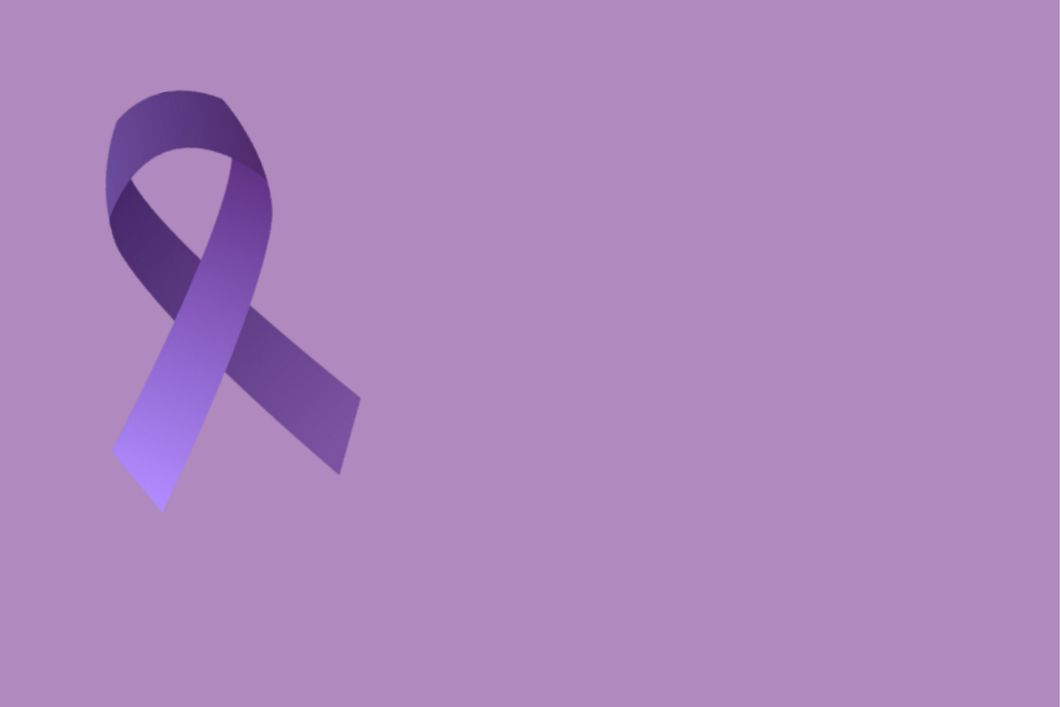Every minute, nearly 20 people are physically abused by an intimate partner in the United States alone. On average, 1 in 3 women and 1 in 4 men have experienced some form of physical violence by an intimate partner during their lifetime. There are typically more than 20,000 phone calls placed to domestic violence hotlines every single day nationwide, and, perhaps most importantly, under normal, non-pandemic circumstances, only 34 percent of people who are injured by an intimate partner actually receive medical care for their injuries.
For survivors of domestic violence, being forced to stay isolated in close quarters with their abusers poses a new, frightening, and dangerous risk to many. As the world drastically changes every day due to the COVID-19 pandemic, one of the many negative side effects of widespread shelter-in-place orders is that it requires people to stay confined in one location with a limited number of people. For survivors of domestic violence, this could mean spending extended periods of time in isolation with their abuser.
Domestic violence and domestic abuse are defined as patterns of abusive and coercive behaviors, including physical, sexual, and psychological attacks, as well as economic coercion, in any relationship that is used to gain or maintain power and control over an intimate partner. Abuse can take many forms, whether it be through isolation, jealousy, emotional, sexual, or verbal abuse, or even serious physical violence.
Abuse is about power and control, and when survivors are forced to stay in close proximity to their abuser, it becomes much easier for the abuser to exert control over the survivor. This may take shape in the form of intimidation, emotional abuse, isolation from others, coercion and threats, economic abuse, minimizing and denying problems, and assigning blame to the survivor.
If you are unsure as to whether or not the situation you are experiencing could be considered abuse, in addition to the signs listed above, below are several ways that the COVID-19 pandemic can potentially impact domestic violence survivors:
- Abusive partners may restrict access to necessary items, including, but not limited to, hand sanitizer or disinfectants.
- Abusive partners may use false information about the pandemic to control or frighten survivors, or to prevent them from seeking appropriate medical attention if they have symptoms.
- Abusive partners may restrict access to insurance cards, threaten to cancel insurance, or prevent survivors from seeking COVID-19 related and non-COVID-19 related medical attention.
- Survivors may hesitate seeking shelter for fear of being in close quarters with other people.
- Survivors who are at higher risk may fear going to places where they would typically get support, such as shelters, counseling centers, or courthouses.
- Travel restrictions may seriously impact a survivor's escape or safety plan.
- An abusive partner may feel more justified and escalate their isolation tactics.
If you, or someone you know, is experiencing any of the aforementioned signs of abuse, there are several things you can do to try to stay safe:
Call theNational Domestic Violence Hotline: Available 24/7 via call or online chat
- Phone: (800)-799-7233
- TTY: (800)-787-3224
- Text "LOVEIS" to 22522
- Chat
For residents of the Chicagoland area, call the Chicago Hotline for the Department of Family & Support Services for the City of Chicago Division on Domestic Violence: Available 24/7 via call or text
- Phone: (877)-863-6338
- TTY: (877)-863-6339
- Division on Domestic Violence Website
For residents of the Columbus area, call the Franklin County Domestic Violence Shelter Hotline at CHOICES: Available 24/7 via call
- Phone: (614)-224-4663
- CHOICES Website
For residents of Ohio, call the Ohio Domestic Violence Network "Information and Referral Line" which will:
- Direct callers to the telephone number for their local DV shelter
- Direct callers to the telephone numbers for other state coalitions against DV
- Request safety plans, brochures, and other clearinghouse print materials
- Borrow educational materials from their library on DV
- Get information on ODVN sponsored workshops, conferences, or training events
- Phone: (800)-934-9840
- ODVN Website
Other steps you can take to increase your safety while in quarantine include:
- Being aware of where your abuser is in the home
- Trusting your instincts
- Having a packed bag ready to go
- Avoiding rooms with potential weapons
- Creating a code word to communicate with friends and family if in danger
- Taking a walk outside away from the abuser if possible
- If safe to do so, maintaining telehealth counseling and advocacy appointments
- If you have children, rehearsing and practicing a safety plan with the children
- Teaching children how and when to contact 911
Most importantly, remember that you are not alone, and there are people who care about you and your safety. And, if you know someone who you think may be involved in a domestic violence situation, make sure to remind them that you are here for them, that you care about them, and that they are not alone.



 women in street dancing
Photo by
women in street dancing
Photo by  man and woman standing in front of louver door
Photo by
man and woman standing in front of louver door
Photo by  man in black t-shirt holding coca cola bottle
Photo by
man in black t-shirt holding coca cola bottle
Photo by  red and white coca cola signage
Photo by
red and white coca cola signage
Photo by  man holding luggage photo
Photo by
man holding luggage photo
Photo by  topless boy in blue denim jeans riding red bicycle during daytime
Photo by
topless boy in blue denim jeans riding red bicycle during daytime
Photo by  trust spelled with wooden letter blocks on a table
Photo by
trust spelled with wooden letter blocks on a table
Photo by  Everyone is Welcome signage
Photo by
Everyone is Welcome signage
Photo by  man with cap and background with red and pink wall l
Photo by
man with cap and background with red and pink wall l
Photo by  difficult roads lead to beautiful destinations desk decor
Photo by
difficult roads lead to beautiful destinations desk decor
Photo by  photography of woman pointing her finger near an man
Photo by
photography of woman pointing her finger near an man
Photo by  closeup photography of woman smiling
Photo by
closeup photography of woman smiling
Photo by  a man doing a trick on a skateboard
Photo by
a man doing a trick on a skateboard
Photo by  two men
two men  running man on bridge
Photo by
running man on bridge
Photo by  orange white and black bag
Photo by
orange white and black bag
Photo by  girl sitting on gray rocks
Photo by
girl sitting on gray rocks
Photo by  assorted-color painted wall with painting materials
Photo by
assorted-color painted wall with painting materials
Photo by  three women sitting on brown wooden bench
Photo by
three women sitting on brown wooden bench
Photo by 
 Photo by
Photo by  Photo by
Photo by  Photo by
Photo by  Photo by
Photo by 


 people sitting on chair in front of computer
people sitting on chair in front of computer



 all stars lol GIF by Lifetime
all stars lol GIF by Lifetime two women talking while looking at laptop computerPhoto by
two women talking while looking at laptop computerPhoto by  shallow focus photography of two boys doing wacky facesPhoto by
shallow focus photography of two boys doing wacky facesPhoto by  happy birthday balloons with happy birthday textPhoto by
happy birthday balloons with happy birthday textPhoto by  itty-bitty living space." | The Genie shows Aladdin how… | Flickr
itty-bitty living space." | The Genie shows Aladdin how… | Flickr shallow focus photography of dog and catPhoto by
shallow focus photography of dog and catPhoto by  yellow Volkswagen van on roadPhoto by
yellow Volkswagen van on roadPhoto by  orange i have a crush on you neon light signagePhoto by
orange i have a crush on you neon light signagePhoto by  5 Tattoos Artist That Will Make You Want A Tattoo
5 Tattoos Artist That Will Make You Want A Tattoo woman biting pencil while sitting on chair in front of computer during daytimePhoto by
woman biting pencil while sitting on chair in front of computer during daytimePhoto by  a scrabbled wooden block spelling the word prizePhoto by
a scrabbled wooden block spelling the word prizePhoto by 
 StableDiffusion
StableDiffusion
 StableDiffusion
StableDiffusion
 StableDiffusion
StableDiffusion




